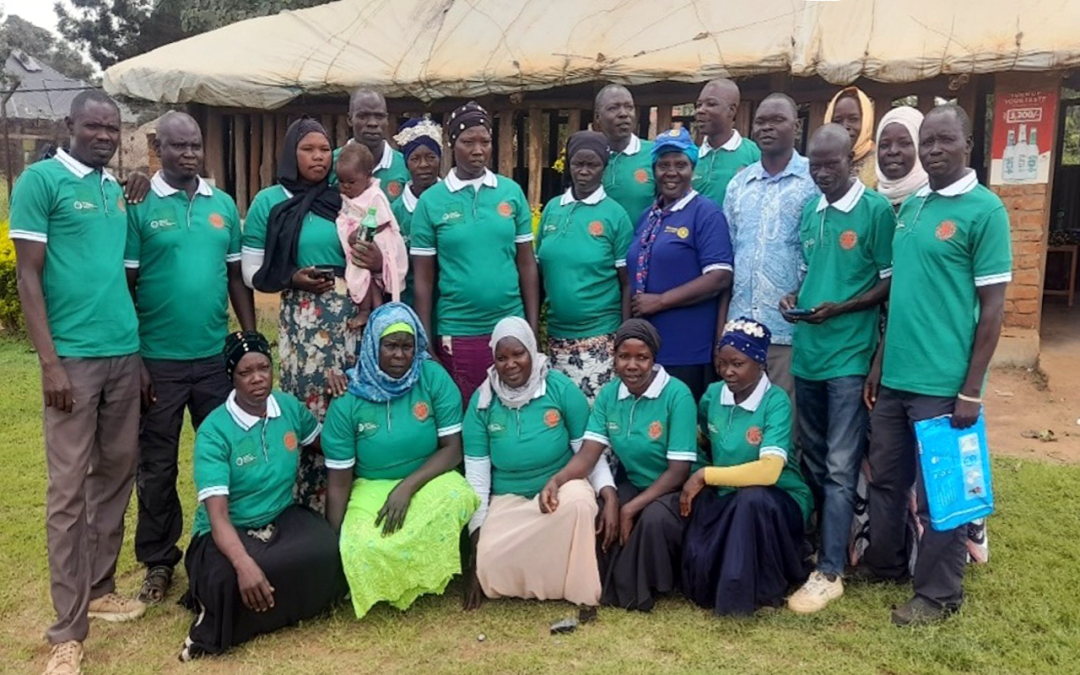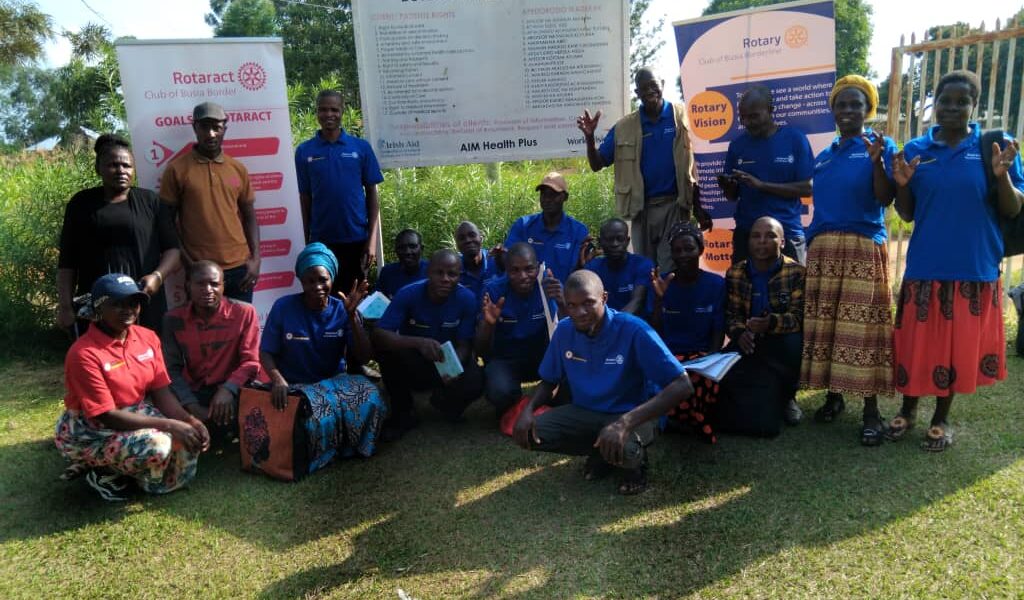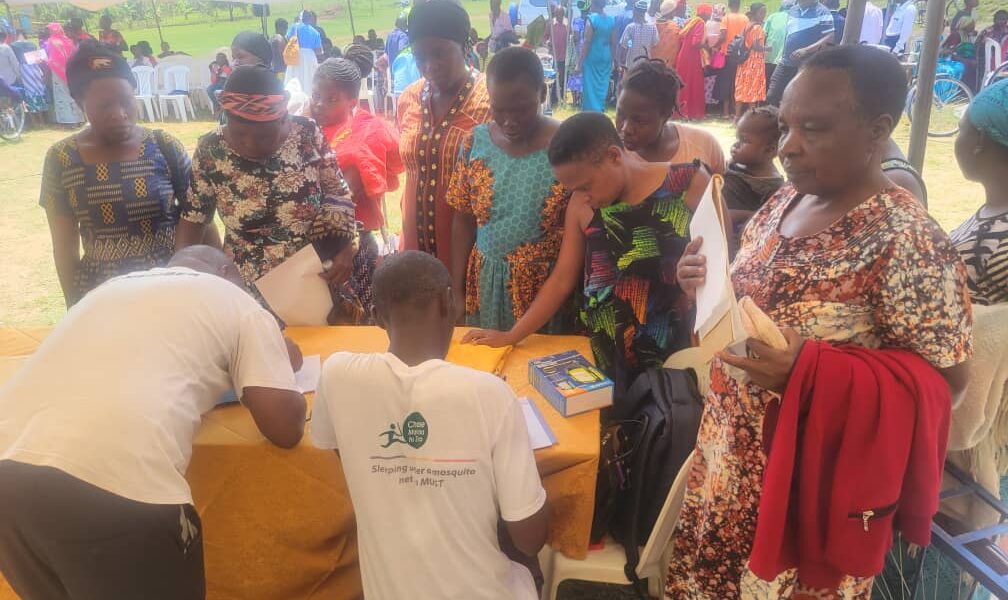The Malaria Prevalence Eradication Among Rural Community in Yumbe, Uganda project was implemented by the Rotary Club of Yumbe, Uganda in April 2023 and wrapped up in September. Funded by a $10,000 Small Grant from Malaria Partners International, the project underwent various strategies to combat malaria and improve overall health.
Key data was collected through baseline and final surveys, reflecting the impact of these interventions.
The project undertook a comprehensive approach to combat malaria in Yumbe district through a series of well-coordinated activities. It kicked off with inception meetings aimed at mobilizing and sensitizing the community about malaria prevention and control strategies. Following this, the Village Health Teams (VHTs) underwent specialized training to enhance their capacity to support the project’s objectives effectively.
Baseline surveys were conducted to assess the initial prevalence of malaria, which informed the subsequent testing and treatment campaigns. These efforts were bolstered by health talks and community dialogues, designed to engage the community actively and educate them on the importance of malaria prevention practices. One of the key outreach strategies was the use of radio talk shows broadcasted on Ribat FM 91.7, which served to extend the project’s reach, ensuring that critical information about malaria prevention and control was disseminated widely across the district.
Project Overview
This project, a collaborative effort in Yumbe district, Uganda, aimed to tackle the high malaria prevalence by engaging local and international stakeholders. The initiative unfolded across eight villages within three sub-counties, deploying a variety of activities designed to educate and mobilize the community against malaria. Through the concerted efforts of organizations like the Yumbe District Health Office, CCEDUC, P2P, TCP, The Rotary Club of Arua, Ribat FM 91.7, and the district’s malaria focal person, the project sought to integrate various resources and expertise.
Involved Individuals and Organizations
The project harnessed the strengths of each partner organization to maximize its impact. CCEDUC provided crucial logistical support with office space for the team’s activities. P2P and TCP contributed with coordination, technical advice, and financial management training, respectively, enhancing the project’s operational efficiency and sustainability. The Rotary Club of Arua played a pivotal role in mentorship and guidance, while Ribat FM 91.7 amplified the project’s reach with malaria sensitization broadcasts. Volunteers, including Rotarians, RCC members, health assistants, local leaders, and health officials, formed the backbone of the project’s implementation team.
Project Implementation
A multi-pronged strategy was employed, starting with community mobilization through inception meetings and capacity building of Village Health Teams (VHTs) via training sessions. Baseline surveys provided a preliminary overview of the malaria situation, guiding the targeted interventions that followed.
The project utilized a blend of modern and traditional communication methods, from radio talk shows to community dialogues and health talks, to disseminate key messages on malaria prevention, including the importance of mosquito net use, antenatal care, and adherence to anti-malarial medication. Continuous monitoring and evaluation were key components, ensuring the project’s activities were effective and impactful.
Lessons Learned and Impacts
The initiative underscored the value of community engagement and a diversified approach to health education. It faced challenges, such as limited coverage and the absence of direct mosquito control measures, but nonetheless achieved notable success. Approximately 57.8% of identified malaria cases received treatment, reflecting the project’s significant contribution to reducing the malaria burden. The collaborative effort also highlighted the effectiveness of leveraging local media and community structures to enhance health education and intervention uptake.
Sustainability, Scalability, and Conclusion
The project’s sustainability was rooted in its community-centric approach and the solid foundation of local health infrastructure, ensuring that the gains made could be maintained and built upon. The alignment with governmental malaria reduction strategies facilitated seamless integration with national health initiatives, amplifying the project’s impact. The success in reducing malaria prevalence in Yumbe district is a testament to the effectiveness of collaborative partnerships and comprehensive health education and intervention strategies in addressing public health challenges.




